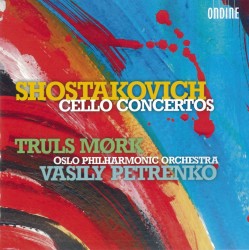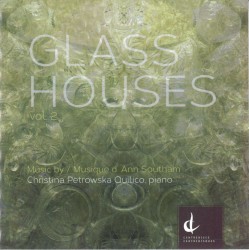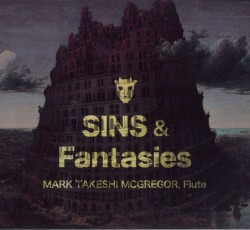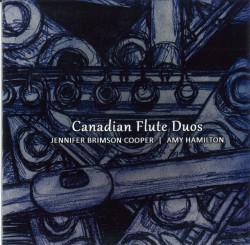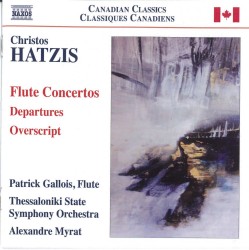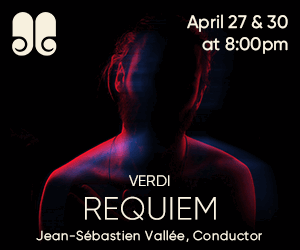Symphonies of Wind Instruments - Royal Norwegian Navy Band; Ingar Bergby
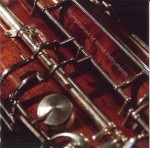 Symphonies of Wind Instruments
Symphonies of Wind Instruments
Royal Norwegian Navy Band; Ingar Bergby
2L 102
The venerable Royal Norwegian Navy Band (RNNB), founded in 1820, apparently includes a mere handful of actual members of the military, yet it performs with the precision one might expect of soldiers or exceptionally sober sailors. Ingar Bergby, much in demand as a guest conductor throughout Norway, has been the principal conductor of the band since September 2008. The repertoire of this new disc includes some of the most notable works of the 20th century band repertoire. The title track, a scintillating performance of the celebrated composition by Igor Stravinsky, is likely the most familiar of these to the average listener. Stravinsky’s former nemesis, Arnold Schoenberg, is also represented by his purportedly “accessible” Theme and Variations for band, commissioned by Karl Engel in 1943 for the U.S. high school band market. Though couched in a tonal language it is both technically and intellectually more challenging than what the publisher likely had in mind. The RNNB breezes through this intriguing work without a care on that front. The bulk of the album is devoted to outstanding renditions of two major works by Paul Hindemith. The Konzertmusik Op.41 from 1926 is a rarely recorded, powerfully performed three-movement composition in an amusingly neoclassical style while the Symphony in B flat is an imposing wind band masterpiece from 1951. The performance of the latter is as fine as can be imagined, far surpassing the classic stereo version by the Eastman Wind Ensemble and Hindemith’s own recording with the Philharmonia Orchestra, in both sound and technical precision. The disc concludes with Norwegian composer Rolf Wallin’s intriguing Changes (1984), an essay in the sonic interplay of static and incisive gestures. The 2L audio production engineered by Morten Lindberg is spectacular, with a wide sound stage and vivid presence even in the conventional binaural format. In addition to the SACD layer an extra Blu-ray audio disc is provided for the hyper-discerning audiophile.


